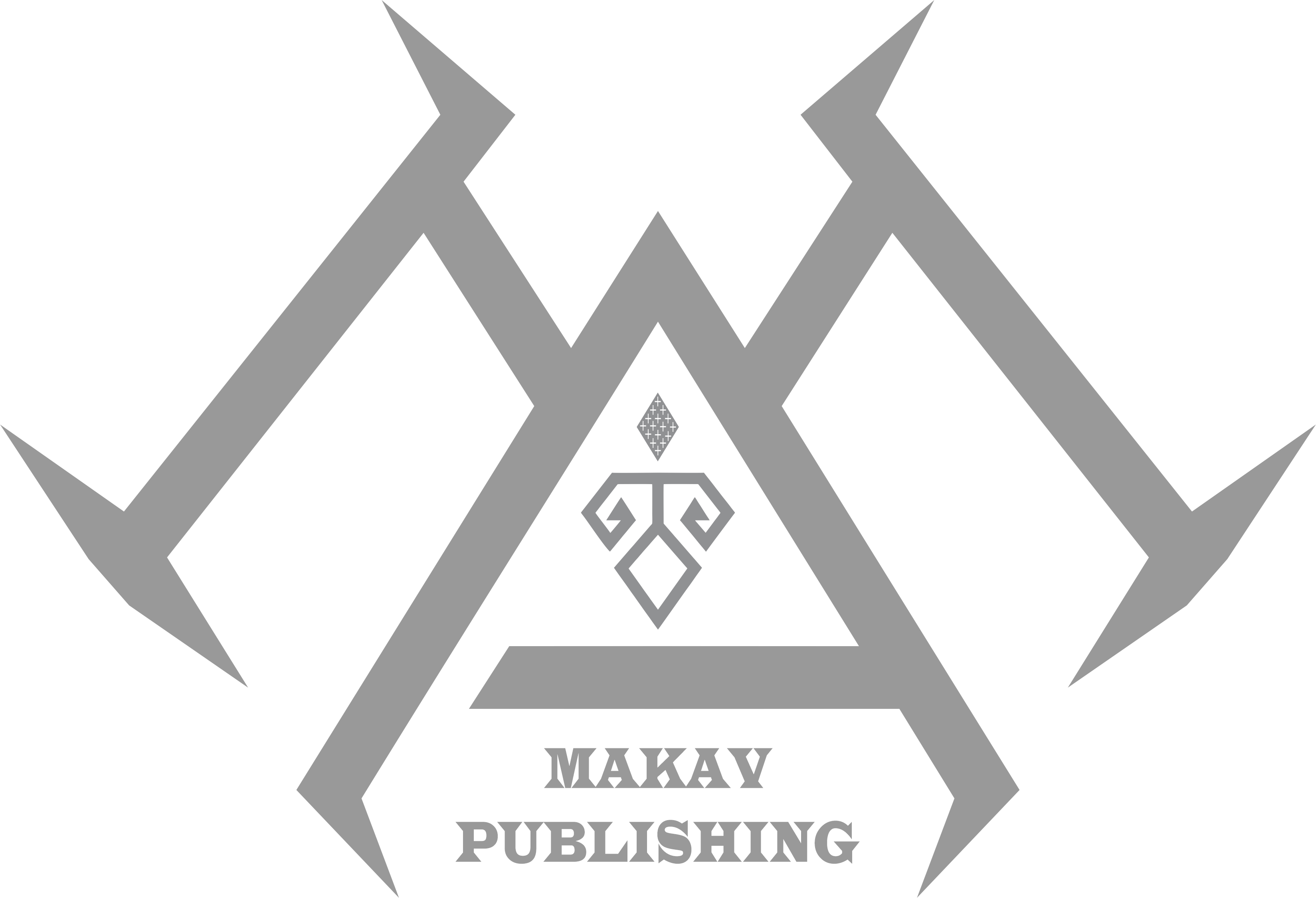Writing Rules
Manuscript Organization and Submission
Submit manuscripts online via the journal's submission platform at https://litteratusmentes.com/index.php/pub/about/submissions Include a cover letter specifying the intended publication category (e.g., research article, review) and details about the manuscript. Manuscripts should be in Microsoft Word 2003 or upper versions.
ORCID
Authors need to register with the ORCID facility at www.orcid.org. This ID must be entered into the required field under the author's profile on TL's journal management system.
Anonymity
Since articles are subjected to a review process where the author and reviewers remain anonymous, authors are requested not to indicate their names anywhere in their manuscripts, including the properties of the document.
Language
Manuscripts should be properly edited before submission.
Discouragement of sexist or racist language is emphasised. Avoid using gender-specific terms when referring to mixed groups, opting for more inclusive language instead. Exercise caution and consideration when employing racial terms, and any deviation from these guidelines should be justified with proper reasoning.
Title
The title of the article must not exceed 10 words, written in uppercase with 12 point font in bold style.
Abstract
Articles must be accompanied by an abstract in English of between 200 and 250 words. The abstract must not make reference to or quote from the work of other researchers. Rather, it must highlight the original contribution made by the submitted article.
The abstract does not function as the introduction to an article. The article must have an introduction that clearly sets out the research goals and structure of the paper. Although written in narrative style the abstract should at least contain all of the following: problem statement, theoretical points of departure, key findings, at least 4 keywords.
Manuscripts
Aim for a manuscript length between 3,500 to 6,500 words, excluding abstracts and references.
Articles should include the following components: title, abstracts, keywords, sections, footnotes, and references. Organize research article sections as follows: "Introduction," "Aim and Methodology," "Findings," "Discussion and Conclusion," "Endnotes," and "References." For review and commentary articles, follow a similar structure but add "Discussion and Conclusion" before "Endnotes," "References," and "Tables and Figures." Use tables, graphs, and figures only when necessary to convey ideas clearly. Demographic characteristics can be presented within the text.
Include a title page with the descriptive title, author(s)' affiliation, title, email address, ORCID, postal address, phone, and fax number.
Authors are solely responsible for the content and scientific accuracy of submitted manuscripts.
Be prepared for potential changes requested by peer reviewers.
Citations & References
Follow APA Citation Style (APA 6th Edition) guidelines for citing different types of sources, including books, articles, conference papers, web pages, podcasts, music, and others.
Citations less than 60 words are not indented but quoted in the running text. Citations longer than 60 words are indented with a line space following the quotation, not before the text.
In-text citations should include the author's surname and publication year within parentheses. Separate multiple citations with semicolons.
Reference list must be in alphabetical order by author surname and without numbering.
Typeface and line spacing
Format the manuscript according to the following guidelines:
- A4 paper with 2.5 cm margins from right, left, bottom, and top.
- Use Times New Roman font, size 12, with 1.5 line spacing, and "justify align" format.
- Indent paragraphs using the tab key.
Paragraphs
Leave a line open between paragraphs; indent paragraphs once you introduce a new point.
Headings
Use a capital letter only for the first word, titles and proper nouns (sentence style capitalisation).
Use headings and subheadings sparingly. Headings are not numbered.
Conclusion
Articles must have a conclusion. No new insights should be introduced in the conclusion and no reference should preferably be made to the work of other researchers. The conclusion is a summary of how the research goals of the paper were met.
Submission Checklist
Ensure the following items are present in your submission:
- Cover letter to the editor, confirming various details and adherence to APA style guidelines.
- Permission for using copyrighted material if applicable.
- Title page with author details and affiliations.
- Main manuscript with abstracts, keywords, extended abstract (if applicable), main sections, grant support (if any), conflict of interest (if any), acknowledgments (if any), and references.



